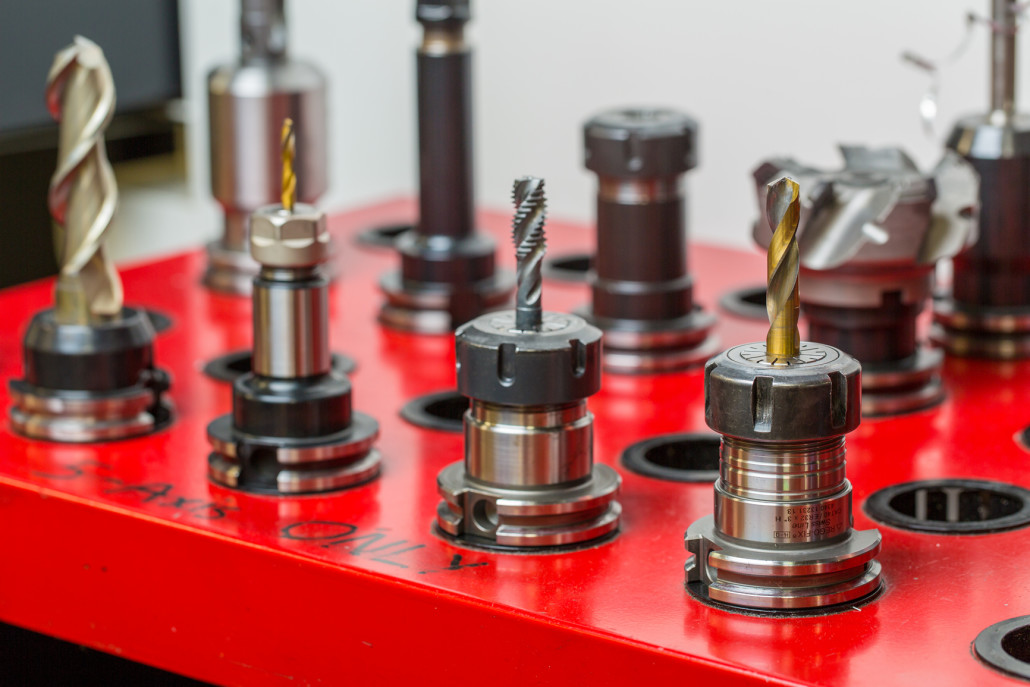《CNC Machine Failures: A Comprehensive Guide to Causes and Prevention》
In the realm of precision manufacturing, CNC machines reign supreme. These marvels of engineering deliver unparalleled accuracy and efficiency, transforming raw materials into intricate components with finesse. However, even the most sophisticated machines are not immune to failures that can disrupt operations and compromise quality.
In this comprehensive guide, we’ll delve into the depths of CNC machine failures, exploring the mechanical, electrical, software, and human factors that can lead to costly downtime. We’ll also uncover the secrets to preventing these failures through meticulous maintenance, environmental control, proper training, and a keen eye for warning signs.
From mechanical breakdowns to software glitches, and operator errors to material compatibility issues, we’ll leave no stone unturned in our quest for CNC machine mastery.
**Key Topics Covered:**
* Mechanical Failures: Common mechanical issues and prevention strategies
* Electrical Failures: Troubleshooting electrical problems and ensuring safety
* Software Glitches: Identifying and resolving software errors
* Operator Errors: Understanding human factors that contribute to CNC machine failures
* Poor Maintenance Practices: The importance of regular maintenance and inspection
* Environmental Factors: How temperature, humidity, and vibration can affect CNC machine performance
* Tool Wear and Breakage: Recognizing signs of tool wear and taking preventive measures
* Material Compatibility Issues: Choosing the right materials for CNC machining to avoid problems
* Inadequate Training: The significance of proper training for CNC machine operators
* Ignoring Warning Signs: Recognizing and addressing warning signs before they lead to failures
1. **Mechanical Failures:**
- **Common Causes:**
– Insufficient lubrication
– Excessive wear and tear due to improper maintenance or overloading
– Misalignment of components leading to increased stress and premature failure
– Faulty sensors or actuators causing incorrect movements or positioning
– Excessive vibration due to unbalanced components or worn bearings
Regular maintenance and inspection to identify and address potential issues early. Using proper lubrication according to the manufacturer’s recommendations and high-quality components installed correctly. Regular monitoring of vibration levels and prompt correction of any abnormalities can help prevent issues. Timely servicing and inspections catch small problems before they become bigger, helping maximize machine upkeep.
2. **Electrical Failures:**
- **Common Causes:**
– Faulty wiring or loose connections leading to short circuits or power outages
– Overloading of circuits exceeding their capacity, causing overheating and potential fires
– Power surges or fluctuations due to unstable power supply or lightning strikes
– Electrical noise or interference from nearby equipment affecting sensitive electronic components
- **Prevention:**
– Ensuring proper electrical installation and maintenance by qualified personnel.
– Using high-quality electrical components and following proper grounding techniques.
– Implementing surge protectors and voltage regulators to protect against power fluctuations.
– Conducting regular inspections and testing of electrical systems to identify and correct any potential hazards. Regular electrical assessments aid in finding issues early to prevent endangerment. Qualified service helps establish electrical integrity.
3. **Software Glitches:**
- **Common Causes:**
– Software bugs or errors in the CNC control system leading to incorrect commands or malfunctions
– Incompatible software updates or improper installation procedures
– Malware or viruses infecting the CNC system, causing disruptions or data corruption
– Hardware-software compatibility issues due to outdated or unsupported components
- **Prevention:**
– Regular software updates and patches to address known bugs and vulnerabilities
– Thorough testing of software updates before installation to ensure compatibility and functionality
– Use of anti-virus and anti-malware software to protect against cyber threats
– Proper training of operators on software usage and maintenance procedures
4. **Operator Errors:**
- **Common Causes:**
– Lack of proper training or inadequate understanding of CNC operation and programming
– Inattention or carelessness leading to mistakes in programming, setup, or operation
– Fatigue or overwork resulting in reduced focus and increased likelihood of errors
– Improper operating procedures or failure to follow safety protocols, increasing the risk of accidents
- **Prevention:**
– Comprehensive training programs for operators covering all aspects of CNC operation and maintenance
– Clear and concise operating procedures and safety protocols that are easily accessible and understood
– Regular refresher training and assessments to ensure operators stay up-to-date on best practices
– Encouragement of a culture of safety and accountability among operators
5. **Poor Maintenance Practices:**
- **Common Causes:**
– Neglecting regular maintenance or failing to follow manufacturer’s recommendations
– Using unqualified or inexperienced personnel for maintenance tasks
– Lack of proper tools, equipment, or spare parts for maintenance and repairs
– Inadequate documentation or record-keeping of maintenance activities
- **Prevention:**
– Establishing a comprehensive maintenance schedule and adhering to it strictly
– Employing qualified and experienced technicians for maintenance and repairs
– Ensuring the availability of necessary tools, equipment, and spare parts for timely maintenance
– Maintaining detailed records of maintenance activities, including dates, tasks performed, and parts replaced
6. **Environmental Factors:**
- **Common Causes:**
– Extreme temperatures, humidity, or vibration levels exceeding the CNC machine’s operating specifications
– Dust, dirt, or other contaminants entering the machine and affecting its components
– Exposure to corrosive substances or chemicals that can damage the machine’s surfaces or components
- **Prevention:**
– Controlling temperature, humidity, and vibration levels within the recommended range
– Using enclosures or covers to protect the machine from dust, dirt, and contaminants
**7. Tool Wear and Breakage:**
Tool wear and breakage can also cause CNC machine failures. These problems can occur due to improper tool selection, incorrect tool usage, or excessive wear and tear.
**Common Causes:**
* Improper tool selection
* Incorrect tool usage
* Excessive wear and tear
* Lack of tool maintenance
**Prevention:**
* Proper tool selection for the job
* Correct tool usage according to manufacturer’s recommendations
* Regular tool maintenance
* Prompt replacement of worn or damaged tools
**8. Material Compatibility Issues:**
Material compatibility issues can also lead to CNC machine failures. These issues can occur when the wrong material is used for a particular application, resulting in excessive wear, tool breakage, or poor surface finish.
**Common Causes:**
* Incorrect material selection
* Improper cutting parameters
* Lack of knowledge about material properties
**Prevention:**
* Proper material selection for the job
* Use of appropriate cutting parameters
* Knowledge of material properties and their compatibility with CNC machining
**9. Inadequate Training:**
Inadequate training of operators can also lead to CNC machine failures. Operators who are not properly trained may make mistakes that can cause damage to the machine or the workpiece.
**Common Causes:**
* Lack of training
* Insufficient training
* Poor quality training
**Prevention:**
* Proper training of operators
* Comprehensive training programs
* Refresher training for experienced operators
**10. Ignoring Warning Signs:**
Ignoring warning signs can also lead to CNC machine failures. These warning signs may include unusual noises, vibrations, or error messages.
**Common Causes:**
* Ignoring warning signs
* Lack of knowledge about warning signs
* Failure to take corrective action
**Prevention:**
* Training operators to recognize warning signs
* Prompt investigation of warning signs
* Taking corrective action to address warning signs**1. Mechanical Failures:**
Post time: Feb-07-2024











